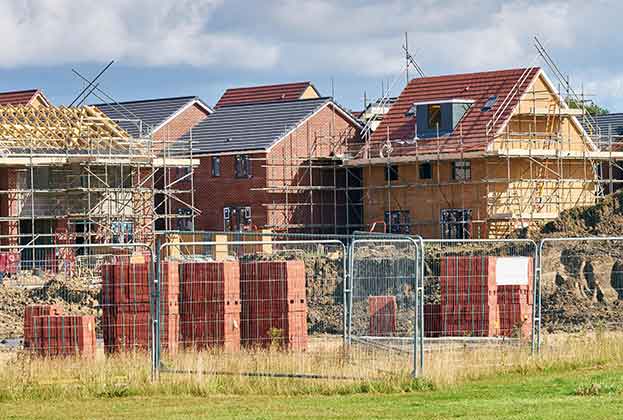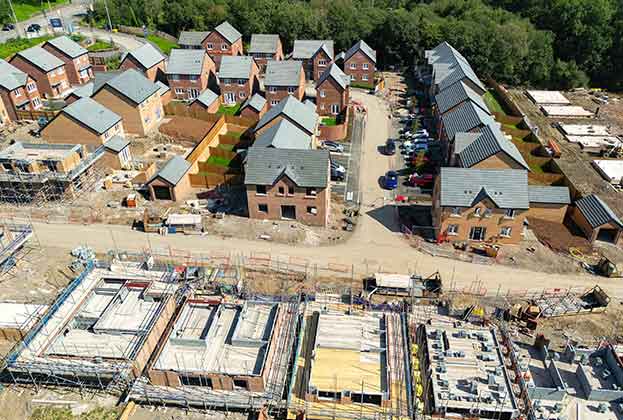Once a local planning authority (LPA) has finished preparing and consulting on a draft local plan it must be submitted to the Secretary of State who will appoint an Inspector to carry out an Examination in Public (EiP). This process is dealt with by the Planning Inspectorate.
The examination will assess whether the plan has been prepared in accordance with legal and procedural requirements and if it is sound. The four tests of soundness are set out in paragraph 35 of the National Planning Policy Framework (NPPF)(2021). This states that plans are sound if they are:
- Positively prepared
- Justified
- Effective
- Consistent with national policy
EiPs begin with the submission of written responses to a set of “Matters, Issues and Questions” (MIQs) that will originate from the Inspector’s review of the submitted plan, evidence base and representations raised in previous stages of consultation. Written responses to the MIQs hold equal weight to representations made at hearing sessions.
Once the Inspector has reviewed responses to the MIQs, public hearing sessions will often be held. Each session is based around a particular matter such as housing, employment or town centres, for example. The hearings are open to the public, and tend to take place in person. In recent times, sessions have taken place in a hybrid manner, including being streamed online.
The hearing sessions are chaired by the Inspector and all exchanges of correspondence must go through the chair. Sometimes additional hearing sessions are called if the Inspector requires further information on a specific site or policy. Additionally the Inspector may request more information from the council or other interested parties, as the examination progresses.
Once an Inspector has been appointed, the examination continues until their report is issued, even if the examination is not sitting at a hearing session for example. Recent examinations have lasted from one to three years.
Following the conclusion of the hearing sessions, the Inspector and LPA will collaborate to produce a set of modifications to the draft policies as necessary. If these modifications are considered significant a document of “main modifications” will be published for a six week consultation.
At the end of the examination the Inspector will send a report to the LPA recommending whether or not they can adopt the plan, and may include the recommended changes or main modifications, or early trigger points for the next local plan review. If the LPA accepts the findings of the report, the plan will then go through the LPA’s committee process for adoption. If the plan is not found sound, or the council decides not to take on board the Inspector’s recommended modifications, then the plan will need to be withdrawn and a new evidence base prepared to allow for the process of consultation to commence again before being re-submitted.
Further information
Contact Joseph Cramphorn or Eleanor King
.jpg)



.jpg)


.jpg)

.jpg)
